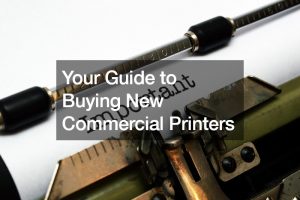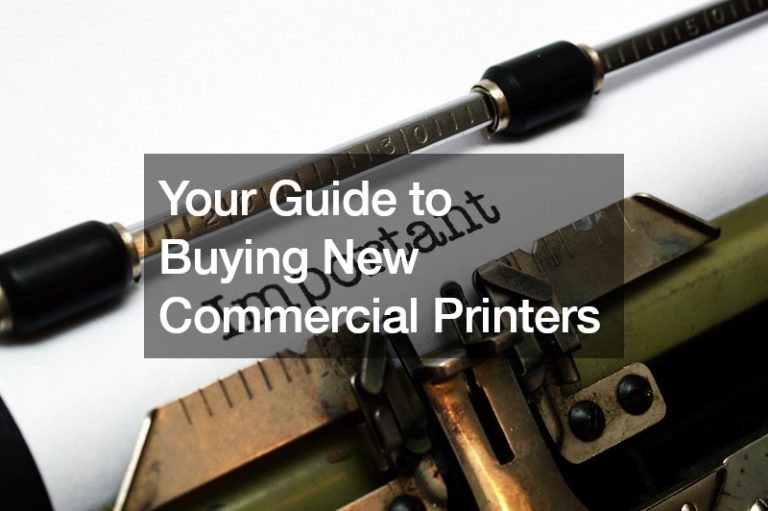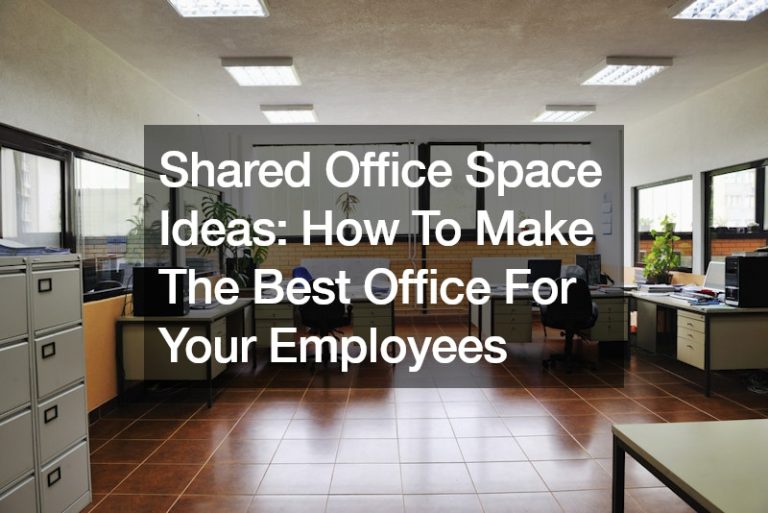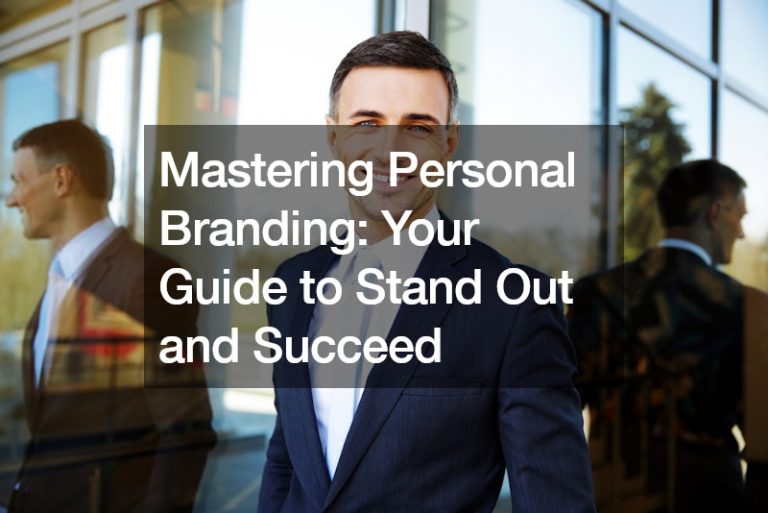Artists have not been able to indulge in the romanticism of the absent-minded art-obsessed creative for decades now. They have had to be just as business-savvy as any high street shop owner. Selling art nowadays requires business knowledge, understanding spending trends, and a lot of marketing. Because of the gatekeeping that goes into ‘high’ art, many younger creatives have developed their styles, built up portfolios, and begun selling their work on social media platforms. They establish a reputation for excellence before working with an experienced digital public relations agency to help bring their art to a wider audience.
Due to the pandemic, many established artists who were used to selling their work out of galleries are now having to figure out the digital art sphere. They are struggling to figure out exactly how to appeal to people and present their work in a way that pulls in dollars and interest. For online audiences, a sincere connection is important. If they do not know your story or the story behind your work, they will not invest their money in your art.
Your Artist Statement Matters
Give it your all, or hire a professional copywriter to help you craft the perfect artist statement. Your artist statement will be prominently featured on your pain page, within your art packaging, and wherever your portfolio is showcased. It should tell people the driving force behind why you create art, why it matters to you so much, and why you chose the medium you use. This will help people to understand who you are and feel a connection to your work. That is what will help them to go from enjoying your art to wanting to make a purchase.
Have a Main Site, But Showcase Everywhere
You need a website where people can come and see your work, read your artist statement, and connect with you. But to draw them to this website, you need to display your work on any available online platform that has a good reputation. It is the same as exhibiting your work. Attach a short description and links to your website and main social media profile with the work so that people know how to get in touch with you.
Only Reach Out to People Who Reach Out First
People nowadays are so tired of spam that they will dismiss your attempts at connecting with them if it is an unsolicited email or newsletter. It may be tempting to send out mass emails to draw people in, but this can hurt your image. You want to be professional and appealing, not annoying. If someone leaves a comment on your artwork, you can send them a curated online business card. This is because that person has shown enough interest that they may welcome learning more about you. If you use Instagram, you can simply interact with them casually in the comments section.

You Need a Business Plan
Businesses need business plans. Selling your art online has costs as well. Writing out a simple business plan will help you identify your goals, refine your selling process, and project a timeline for different steps. It can also help you to layout the costs involved, from hosting your website to paying online promotion fees. A business plan is helpful at any time, and knowing how to write one and follow it will make you more formidable. You will not need to rely on the business expertise of others to ensure your success. It will help make you better at negotiations and understanding the limits of contracts people offer you in the future.
Get to Know Your Audience
When you start writing out your business plan, you will find that identifying your target demographic plays a big part in your decisions. These are the people who are interested in art—the ones who would purchase it. Look to your competition or other artists who are successfully selling art online to identify what online art buyers are looking for in their purchases.
This will help you understand who you want to attract to your site, who you want to see, and give you a clearer picture of how to reach out to these people. Understanding what draws your potential clients to your artwork will help you know how to retain their interest and translate it into referrals and further purchases.
Connecting with the people you come across online is a big part of guaranteeing your online success. People like someone who genuinely enjoys their work and wants to help others to appreciate their creative field. The aloof and mysterious persona that may appeal to a real-life gallery showing will not get you far on the internet.
Enthusiasm and openness are what people want to see online. Offer lessons, run seminars and do online open studio days to draw people in and show them how much your art means to you that it is not about making money and sharing your vision with the world.











